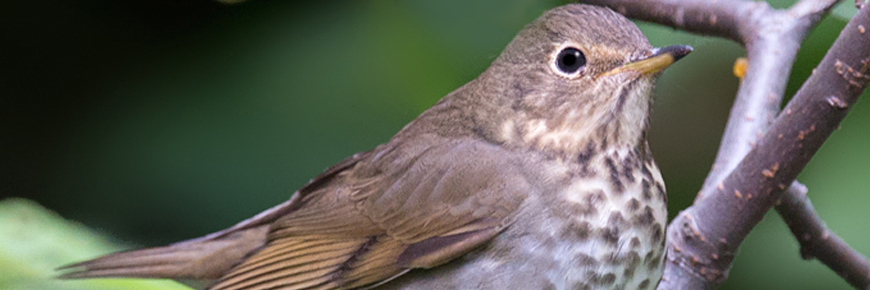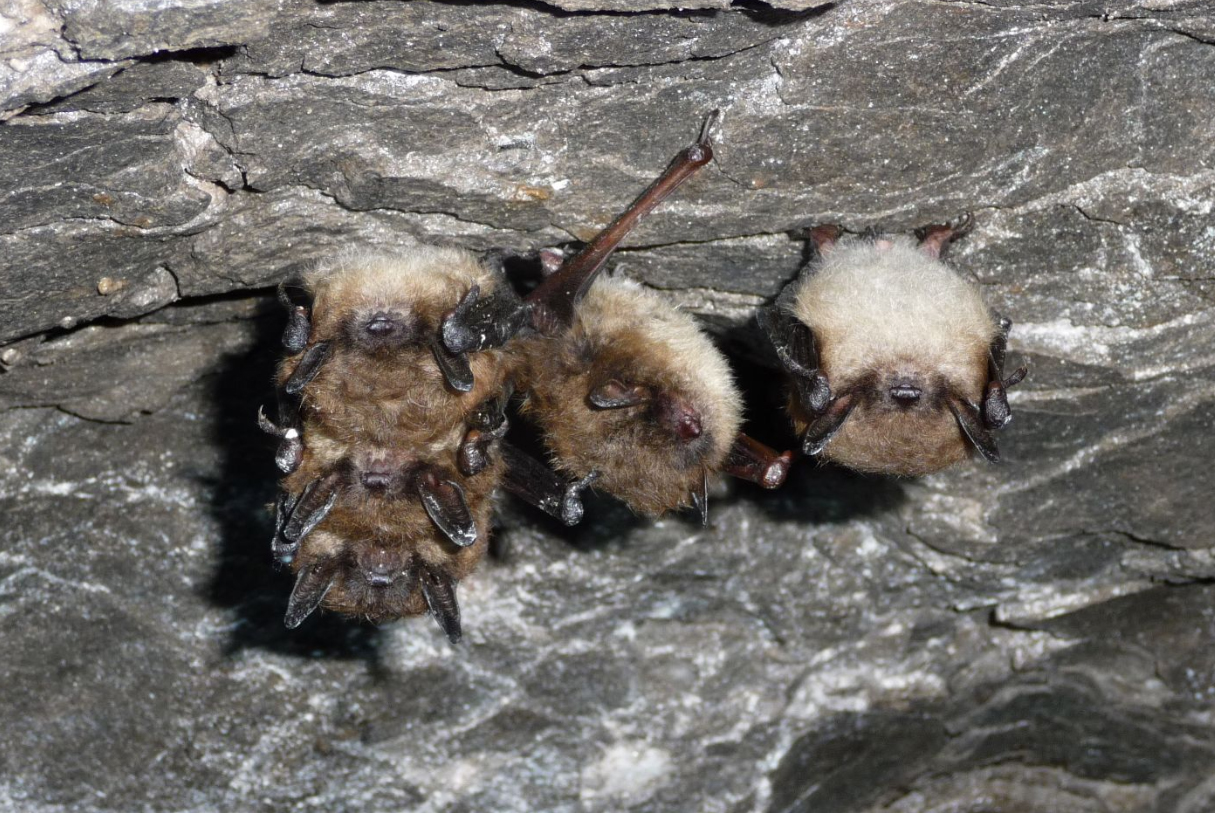
Protecting species
Cape Breton Highlands National Park
Species at risk are species that have had a significant decline in population in a certain area. This includes plants, insects, reptiles, birds, mammals – any living wildlife. Species can be designated provincially at risk (numbers have declined substantially in a province/territory), or federally at risk (numbers have declined across all of Canada).

Species at risk are in danger of becoming extinct (gone from the world) like the dinosaurs or extirpated (gone from a certain part of the world) like the wolf in Nova Scotia. Species at risk are usually at risk because of environmental or human-induced changes to them or their habitat on a local, regional or global scale.
Rare species occur in low numbers or inhabit extremely restricted areas. Not all rare species are at risk.
There are billions of species in the world, many not yet discovered. The rate at which species go extinct has been estimated to be one species every twenty minutes! This is a cause for concern and emphasizes the importance of assessing and protecting species at risk.
Cape Breton Highlands National Park is located on an island and is further protected and isolated by mountains and ocean. Island populations are thought to be more vulnerable to extinction because of their small size and isolation.
Species at risk fall under four categories:
- Extirpated – a species that no longer lives in an area it used to inhabit, though it can still be found in other parts of the world.
- Endangered – a species that is at extreme risk of becoming extirpated or extinct.
- Threatened – a species that is likely to become endangered if actions are not taken to reduce biological threats or human impact.
- Special Concern – a species that has declined in population due to various threats, and may become threatened or endangered.
Species at risk are protected under the Species at Risk Act (SARA). This means that regulations, assessments, recovery initiatives, and other measures have been put in place in hopes of restoring the populations of these at-risk wildlife species.
- Date modified :